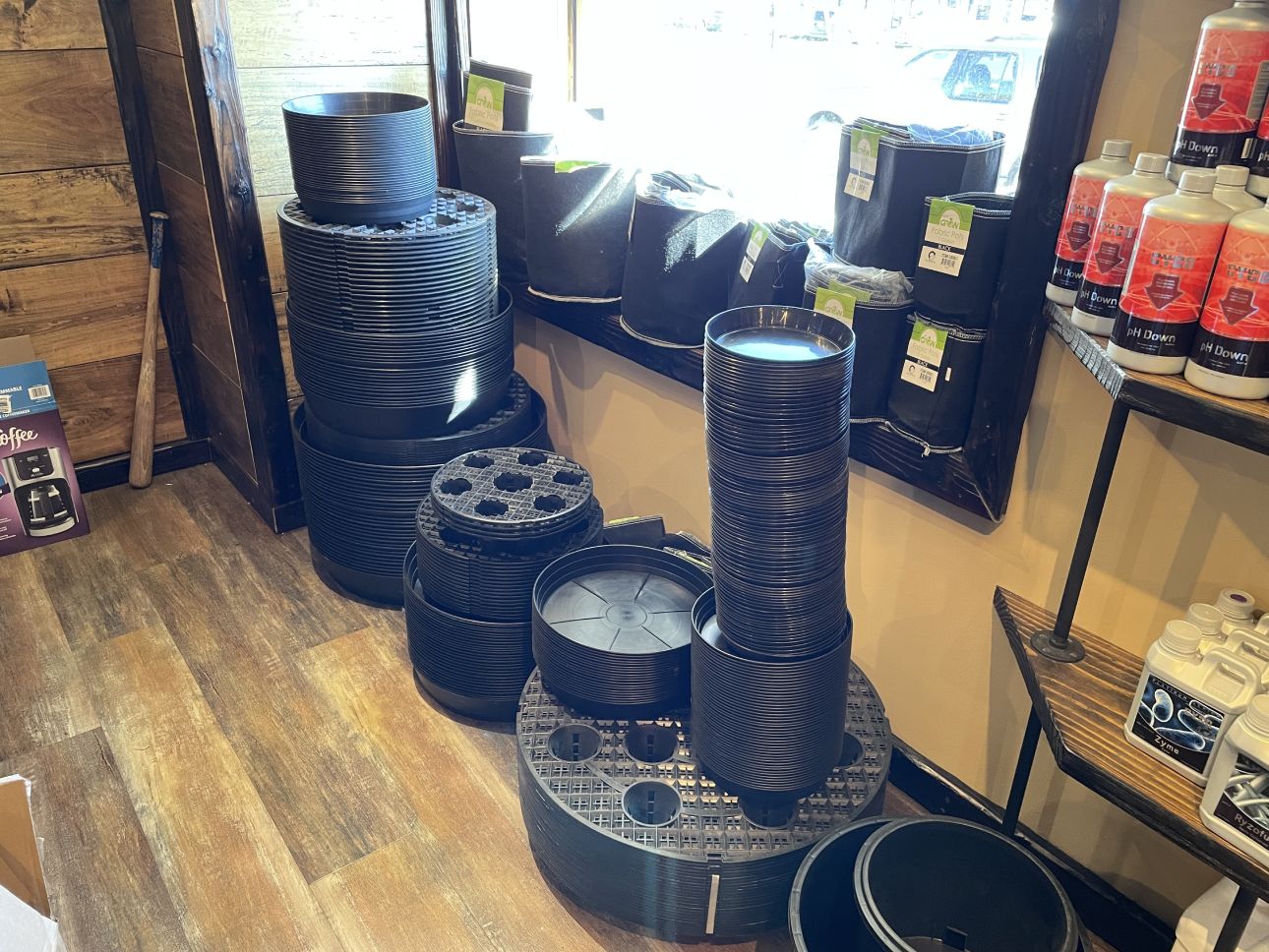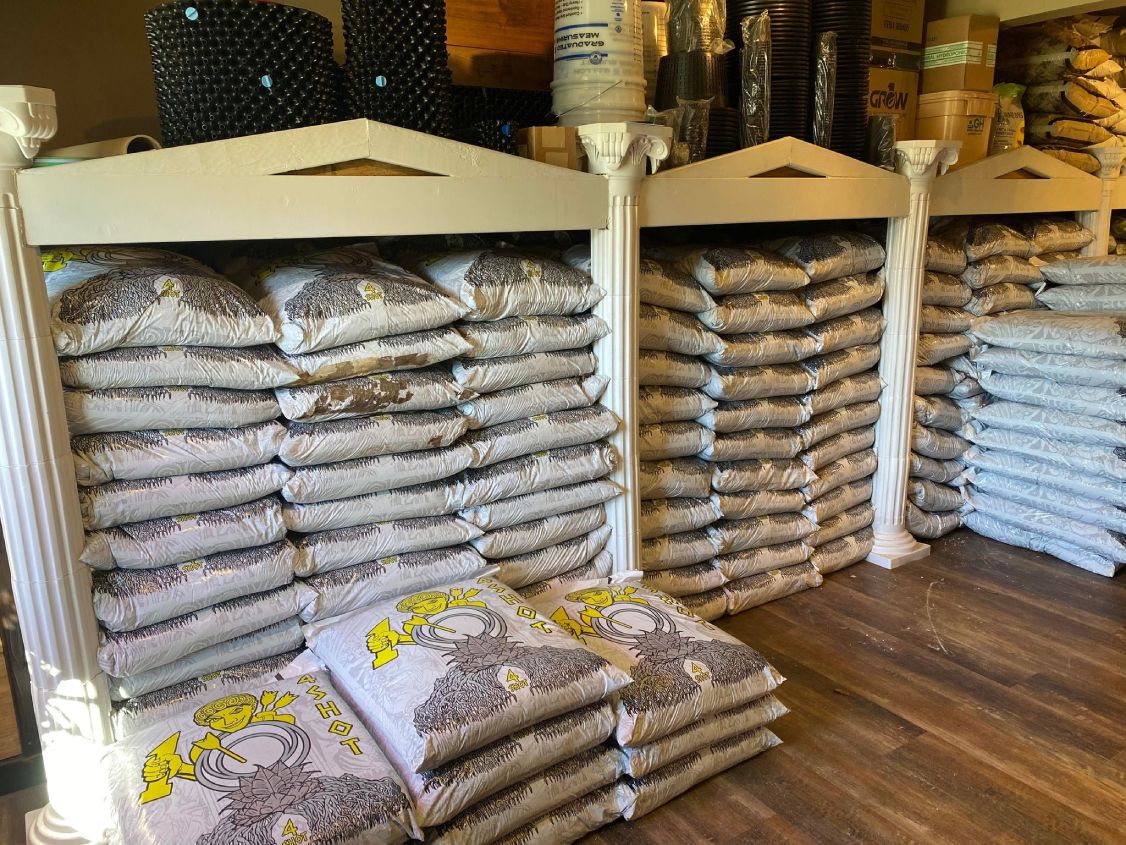Elevate Your Gardening Video Game: Introduction The Indoor Earthworm Growing Process
Elevate Your Gardening Video Game: Introduction The Indoor Earthworm Growing Process
Blog Article
Unlocking the Possible of Hydroponics: Comprehending Its Makes Use Of and Different Types
Hydroponics, a technique of cultivating plants without dirt, has garnered raising attention for its possible to change agriculture and gardening methods. As we navigate with the complex landscape of hydroponic systems and methods, it becomes apparent that each method holds unique advantages and limitations.
Benefits of Hydroponic Solutions

One more advantage of hydroponic systems is the ability to grow plants in a smaller area. By eliminating the demand for soil, plants can be expanded vertically or in piled systems, maximizing the use of offered area. This is specifically helpful in city locations or areas with restricted cultivatable land. Hydroponic systems decrease the risk of soil-borne diseases and parasites, as there is no dirt to harbor these hazards. This results in healthier plants and lowers the requirement for damaging pesticides, making hydroponic farming a more eco pleasant and sustainable alternative.
Typical Uses in Farming

Given the efficient water conservation and space-saving benefits of hydroponic systems, it is apparent that these ingenious agricultural techniques have discovered common uses in various fields of agriculture. In conventional agriculture, soil-based farming can be labor-intensive and land-consuming. Hydroponics provides a service by allowing plants to be expanded without dirt, minimizing water usage by up to 90% compared to conventional farming approaches. This makes hydroponics specifically ideal for regions encountering water scarcity or restricted cultivable land. The controlled atmosphere of hydroponic systems makes it possible for year-round growing, offering a consistent supply of fresh fruit and vegetables regardless of external climate problems.
Hydroponics is commonly used for expanding a selection of plants, including leafed environment-friendlies, tomatoes, cucumbers, peppers, herbs, and strawberries. Its adaptability reaches vertical farming, urban farming, and greenhouse production. In addition, hydroponic systems are utilized in study and academic settings to examine plant development, cultivation, and nourishment techniques. The versatility and performance of hydroponics make it an important device in modern farming, resolving the challenges of sustainability, food security, and resource optimization.
Checking Out Various Hydroponic Methods
Hydroponic systems supply a variety of methods that provide to various plant types and cultivation objectives. Furthermore, the Ebb and Circulation system, likewise recognized as the Flood and Drain system, periodically floods the plant origins with nutrient solution, permitting for oxygenation during draining pipes periods. Each of these methods showcases the flexibility and performance of hydroponic systems in enhancing plant growth and return.
Comparing Different Hydroponic Equipments
Checking out the efficiency and yield improvement techniques in hydroponics leads us like this to contrast various hydroponic systems offered for plant cultivation. Each hydroponic system has its special attributes, advantages, and restrictions, making it crucial for cultivators to choose one of the most ideal system based upon their specific needs and restrictions.
Among one of the most common hydroponic systems is the nutrient movie strategy (NFT), where a thin film of nutrient service continually streams over the plant origins. This system is valued for its water effectiveness and suitability for growing leafed eco-friendlies and herbs. On the other hand, the deep water society (DWC) system submerges plant origins directly right into the nutrient solution, providing adequate oxygen and nutrients. The DWC system is relatively easy and cost-efficient, making it a popular selection for novices.
One more prominent hydroponic system is the ebb and circulation (or flooding and drain) system, which periodically floods the plant origins with nutrient remedy prior to draining it. This cyclic procedure makes sure correct oygenation for the roots while delivering nutrients efficiently. Furthermore, the aeroponic system puts on hold plant roots in the air and hazes them with a nutrient option, promoting rapid development and high oxygenation degrees. Farmers looking for a functional system that decreases water use usually select aeroponics. By comprehending the differences between these hydroponic systems, growers can make enlightened choices to make the most of plant return and quality.
Innovations in Hydroponic Modern Technology
One crucial development is the advancement of clever hydroponic systems that utilize sensors and automation to keep track of and readjust ecological conditions such as pH levels, nutrient concentrations, and light exposure in real-time. These systems allow exact control over expanding problems, leading to optimum plant growth and higher crop yields.
One more remarkable advancement is the integration of vertical farming techniques with hydroponic systems, enabling this post for the growing of crops in piled layers. This upright technique optimizes room application, making it excellent for city settings where land schedule is restricted - The Indoor Earthworm. In addition, the use of advanced LED lights systems tailored to details plant visit this website requirements has enhanced energy effectiveness and enhanced growth prices in hydroponic arrangements
Innovations like these are driving the evolution of hydroponics, making it a lasting and extremely attractive alternative for contemporary agriculture.
Verdict
Finally, hydroponics provides countless advantages in farming and has numerous methods and systems that can be made use of to optimize its potential. Technologies in hydroponic innovation remain to boost efficiency and sustainability in food manufacturing. By comprehending the usages and different kinds of hydroponic systems, farmers and cultivators can open the full possibility of this innovative approach of growing plants without dirt.
Additionally, hydroponic systems permit for better control over nutrient degrees, pH balance, and environmental problems, leading to healthier plants and greater returns.

Report this page